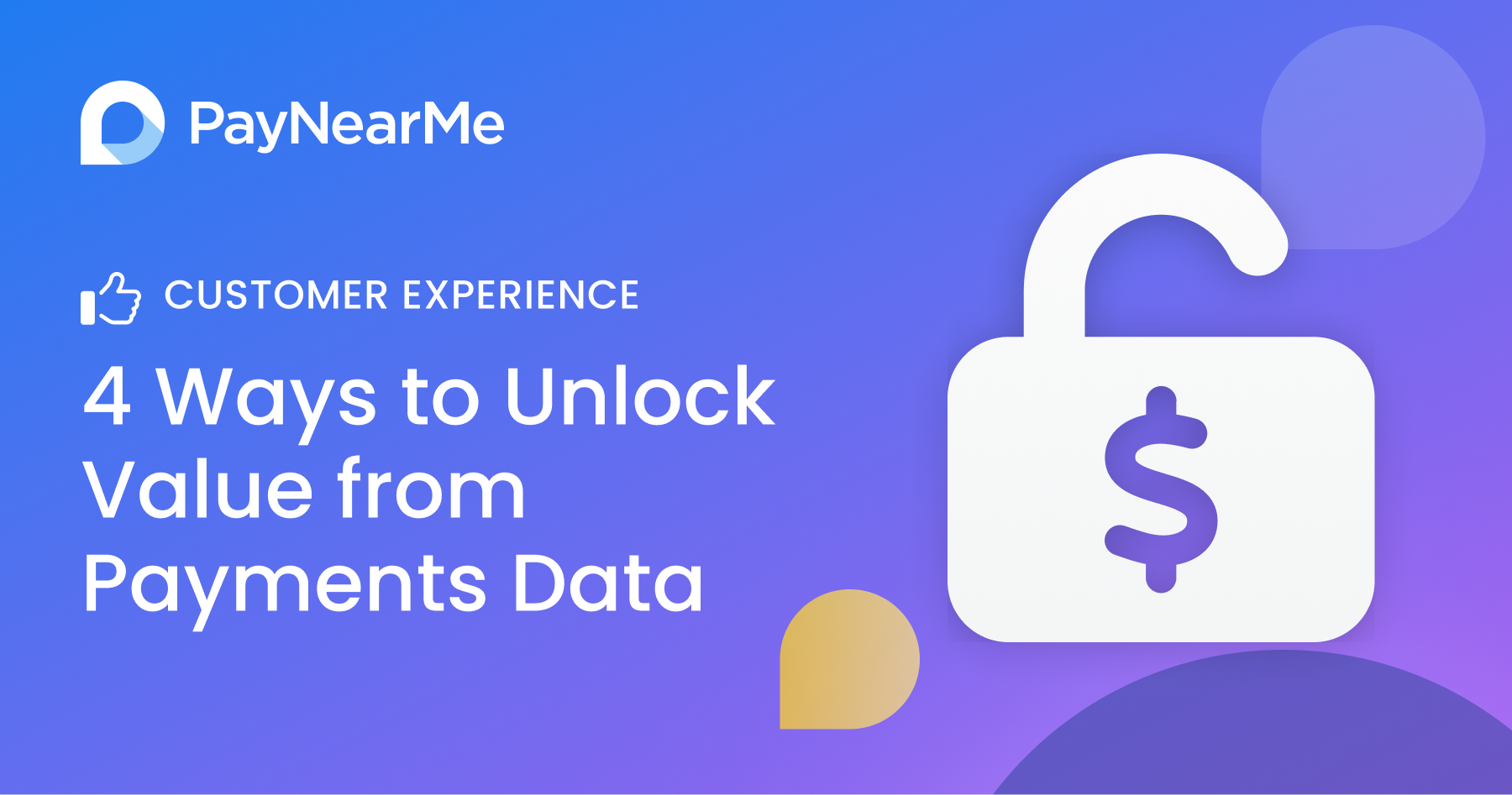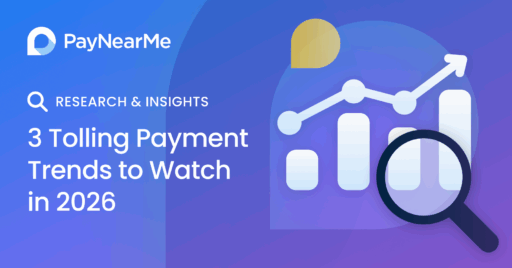How to Use Data to Hyper-Personalize Payment Experiences

Fast, frictionless digital experiences are now driving many consumer decisions. Hyper-personalization is increasingly important to create customer loyalty toward a brand, and payments are a critical part of that. How are successful companies meeting consumer needs and expectations? Data is the key.
Think Amazon, Starbucks and Uber. These companies haven’t grown massive based solely on their products. They excel at using data to personalize engagement and make payments seamlessly simple. As consumers have become accustomed to those experiences, they’re now questioning, why can’t banking and bill pay be that easy?
For many financial institutions (FIs) and lenders, the answer often comes down to a lack of data and how to work with it.
The absence of data prevents organizations from personalizing services and anticipating what consumers want. It leads to a big gap between what the offering is and what customers truly value, which has a negative impact on satisfaction.
– Roger Portela, Senior Director of Product, PayNearMe
Why frictionless payments matter more than ever
Most businesses today, including FIs, recognize that customer experience is important. However, they don’t always focus on areas that can have the most impact. For example, getting a better payment experience is now a major factor influencing how consumers choose a lender.
In recent research, PayNearMe found that 50% of consumers rank quick, effortless loan payment options as important, more than interest rates or fees (36%). People recognize they are entering into a long-term relationship that centers around making payments, so that experience really matters to them.
Lenders need to deliver on those consumer preferences to become the provider of choice and improve on-time payments. But many are behind the curve. FIs often see loan payment as a functional transaction, rather than a key part of the customer experience. In fact, only half of FIs surveyed measure satisfaction around payments, and most consider things are fine if they don’t receive many complaints.
But a sub-par payment experience could be contributing to delinquencies, as well as missed opportunities to attract and retain customers.
How can lenders resolve the gaps?
Tap into the power of AI for personalization
Delivering hyper-personalized experiences relies on an organization’s ability to harness volumes of payments data and extract meaningful insights for making better decisions. AI and machine learning (ML) are rapidly evolving to enable companies to more quickly identify targeted improvements that customers will value most.
Yet for some financial institutions, using advanced analytics can seem out of reach. Of the executives surveyed, 82% said they are not using AI/ML for decision making, and over 80% are not taking advantage of payments data. Often it’s because they lack the technology, expertise and resources to tackle it in-house.
But becoming a data-savvy organization is now essential for lenders to stay competitive and drive growth. As hyper-personalization becomes increasingly important, many FIs are speeding the path to AI/ML adoption with technology partnerships.
Leveraging third-party AI/ML solutions can give FIs the agility to gain insights (real-time and historic) from across multiple diverse sources to better understand customer behaviors, preferences, pain points and purchase drivers.
4 ways to unlock value from payments data
Data-driven strategies can amplify a company’s potential to improve business outcomes, from portfolio performance and retention rates, to operational efficiency and marketing ROI.
Let’s take a look at some use cases on how FIs can leverage payments data for hyper-personalization.
1. Build more intelligence into AI chatbots
Improving customer service isn’t just about being responsive. It should be about predicting, understanding and meeting customer needs in real time. Many companies have adopted AI chatbots, but many of them are simply automating basic functions based on rules; they’re not learning from customer interactions. Chatbots that use machine learning, natural language processing (NLP) and large language models are a leap forward.
More sophisticated AI chatbots can continuously learn from data to understand consumer behaviors, answer common questions and suggest data-supported solutions. They can enable a faster, more convenient way for customers to resolve issues, reduce support calls and augment live agents with more efficient access to the most current, relevant, compliance-approved information.
2. Predict payment behaviors for proactive outreach
ML models can be trained to identify at-risk borrowers based on usage patterns and changes in their payment behavior that may signal financial trouble. It enables FIs to anticipate common customer issues and reach out proactively with a personal touch. For example, a lender could send an email or text reminder about an upcoming payment, or share a tip on how the customer can adjust their autopay schedule to make it easier to pay their bill.
Instead of best guesses, organizations can take action based on statistical evidence from data patterns and trends that machine learning can uncover. It puts data to work to deliver personally relevant value before customers ask for it, so they feel seen and understood. And proactive support can help a business lower operational costs by efficiently guiding people toward self-service channels.
Data-driven insights can also equip FIs to understand the best times and methods for connecting with customers to get better results. For instance, data can help identify which channels get more response (e.g., email, text, push notification), what time of day to push messages, preferred payment methods to put forward and so on. This strategy can help improve payment rates while providing a personalized experience. It’s about making every interaction count, for both customers and the business.
3. Optimize mobile experiences
Using data to identify those customer specifics, companies can send messages that look and feel native to the user’s device. And with the right payments platform, they can offer a variety of options (e.g., debit card, ACH, and mobile wallets like PayPal, Venmo and Apple Pay), all within a single, modern mobile interface.
Delivering a mobile-first experience that is also data-first empowers FIs to improve customer satisfaction, while capturing hundreds of data points in every interaction that can be valuable to the business.
4. Identify cross-sell and upsell opportunities
Payments are often seen as an end game to satisfy an obligation, but they can also help generate revenue thanks to the data they provide. Payments data can be shared across an organization with sales and marketing teams to help them better anticipate customer needs and tailor offers.
Suppose data reveals a segment of customers who consistently pay their auto loan ahead of time. A lender could proactively offer them a refinancing option with a better rate. Or they might target borrowers with a new auto loan to suggest an insurance package or extended warranty, to make the relationship more value-driven for customers.
Providing the right offer, at the right time on the right channel can make a powerful difference for growth.
Jumpstart your data-driven transformation
Powering personalized experiences with data-driven strategies is key to business growth. How can financial institutions, lenders and other billers simplify and accelerate the path forward?
Partnering with a fintech provider like PayNearMe can help organizations more quickly go to market with innovative payment experiences, and capture value from a wealth of data to improve customer engagement and business outcomes.
To learn more, view our on-demand webinar or schedule a personalized demo with one of our experts.



